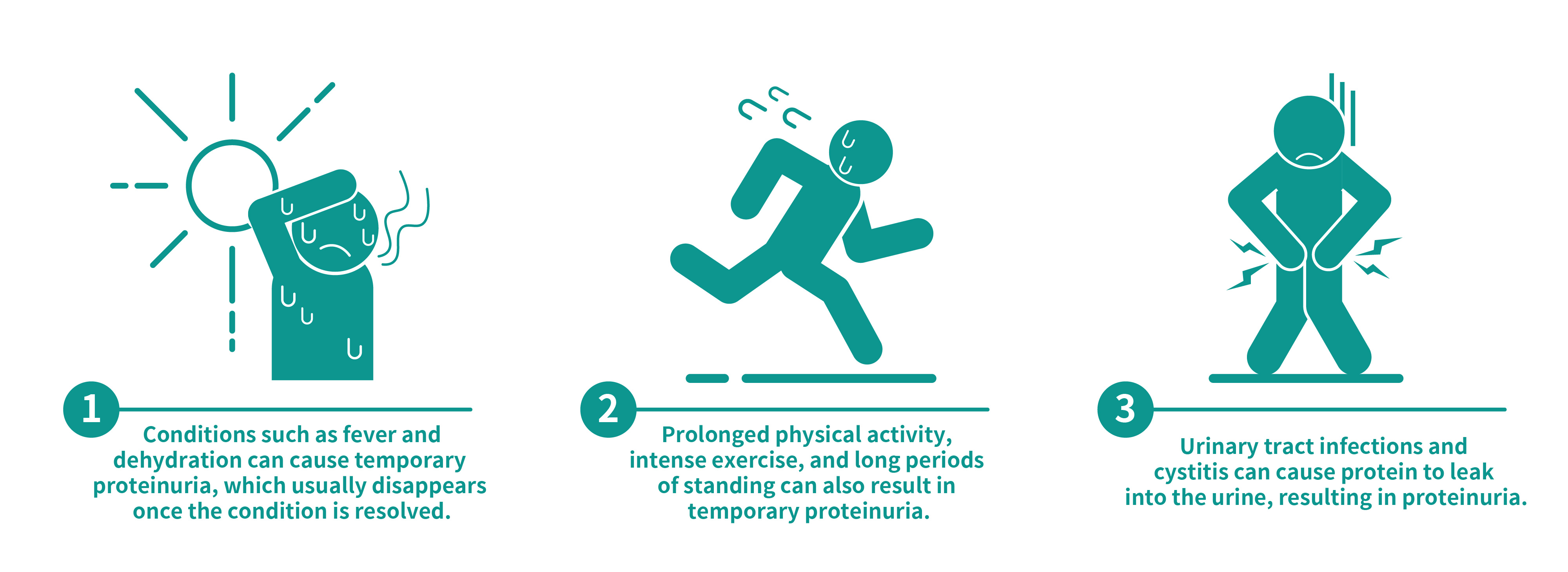Is Foamy Urine Always a Sign of Kidney Disease? Myths and Facts about Proteinuria
"Doctor, what should I do if my urine is foamy after using the toilet?!"
Many people rush to the hospital for a urine test as soon as they see white foam in the toilet, worrying that they might have proteinuria or kidney problems. Indeed, proteinuria is closely related to kidney disease. When the kidneys are impaired, one of the earliest signs is usually proteinuria. But does foamy urine always indicate kidney disease?
Why Does Proteinuria Occur?
When the kidneys are damaged, their ability to filter proteins through the glomeruli decreases, or the renal tubules' ability to reabsorb proteins diminishes. This leads to a significant amount of protein in the urine (more than 150 mg), known as proteinuria. However, not all proteinuria indicates kidney problems. Factors such as intense exercise, fever, and other causes can lead to proteinuria unrelated to kidney disease, known as transient proteinuria.
Causes of Transient Proteinuria:
 In addition, most foamy urine is a normal physical phenomenon. For example, standing while urinating is more likely to produce temporary foam compared to sitting. Normal urine foam usually dissipates within 5-10 minutes. Therefore, if you notice foamy urine, don't panic immediately. If the foam persists for a long time or if you experience symptoms like edema or high blood pressure, it is advisable to visit the hospital for further examination.
In addition, most foamy urine is a normal physical phenomenon. For example, standing while urinating is more likely to produce temporary foam compared to sitting. Normal urine foam usually dissipates within 5-10 minutes. Therefore, if you notice foamy urine, don't panic immediately. If the foam persists for a long time or if you experience symptoms like edema or high blood pressure, it is advisable to visit the hospital for further examination.
Key Points to Remember
- Transient Causes: Intense exercise, fever, and other non-kidney-related factors can cause temporary proteinuria.
- Normal Foam: Foamy urine can be a normal physical phenomenon and usually dissipates within 5-10 minutes.
- When to Seek Help: Persistent foam, edema, or high blood pressure are signs to visit a hospital for further evaluation.
Remember, not all foamy urine is a sign of kidney disease, but it's always good to be vigilant about changes in your body.
